Who is Henry Mullins?
Henry Mullins started working in London in the 1840s and moved to Jersey in July 1848. He set up a studio known as “the Royal Saloon”, at 7 Royal Square. He was initially in a partnership with Mr Millward, but a year later he was working alone, he continued to do so for 26 years in the same studio. His photographs are now held by La Societe Jersiaise, and he found many people willing to have their photos taken.
Cartes de visite
His speciality was Cartes de visite, La Societe Jersiaise holds 9600 of these images, but the majority are 16 photographs taken in a single sitting. “The carte de visite was a format of small photograph which was patented in Paris by photographer André Adolphe Eugène Disdéri in 1854, although first used by Louis Dodero” The size of a carte de visite is 54.0 × 89 mm normally mounted on a card sized 64 × 100 mm. In Mullins case he mounted his carted de visite into an album.

Albumen Print
Cartes de visite photographs were taken as a albumen print, this was published in January 1847 by, Louis Désiré Blanquart-Evrard. It used the albumen found in egg whites to bind the photographic chemicals to the paper and became the dominant form of photographic positives from 1855 to the start of the 20th century. During the mid 19th century, the carte de visite became one of the more popular uses for the albumen print.

Henry Mullins Work

Image Analysis
Henry Mullins photographs portray something like a passport photo, no shadows, uniform lighting, light grey/cream background, eyes are open and clearly visible, with no flash reflections, facial expression are neutral (neither frowning nor smiling), with the mouth closed, photos show both edges of the face clearly, photos show a full front view of face and shoulders, squared to the camera, the face and shoulder image must be centred in the photo; the subject must not be looking over one shoulder (portrait style), or tilting their head to one side or backwards or forwards, there is no hair across the eyes, photos with shadows on the face are unacceptable.
Henry Mullins uses different poses within his photos, such as looking directly ahead, to the right, to the left, up and down. This creates framing which almost changes the look of the models face, allowing for different interpretation and eye contact with the camera, or a side angle pose.
My responses
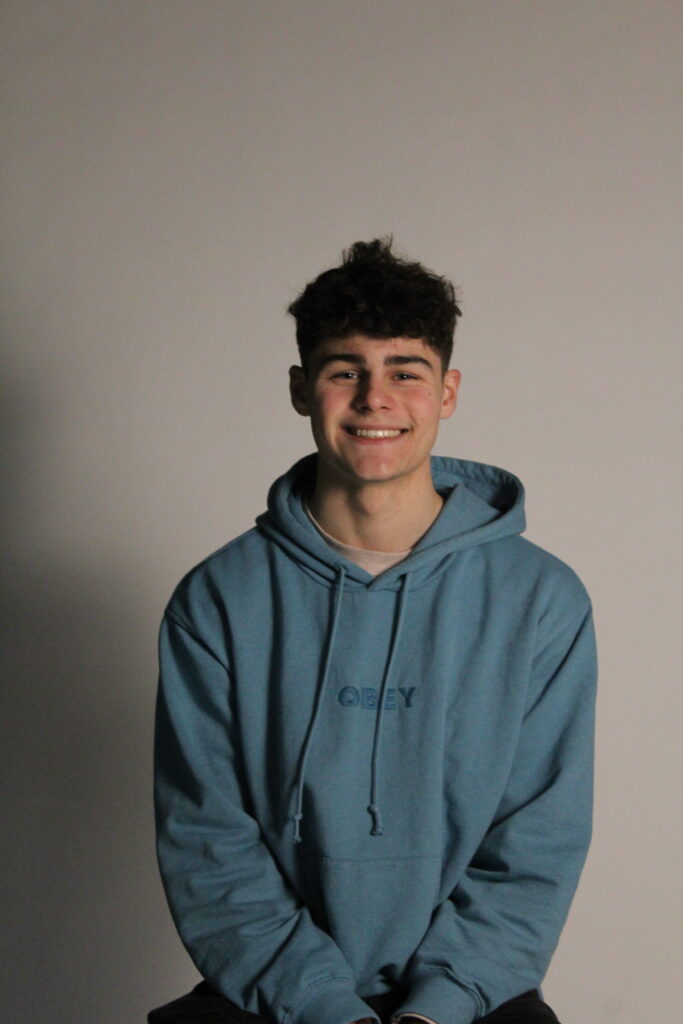
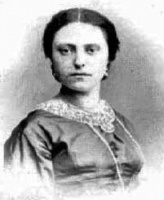
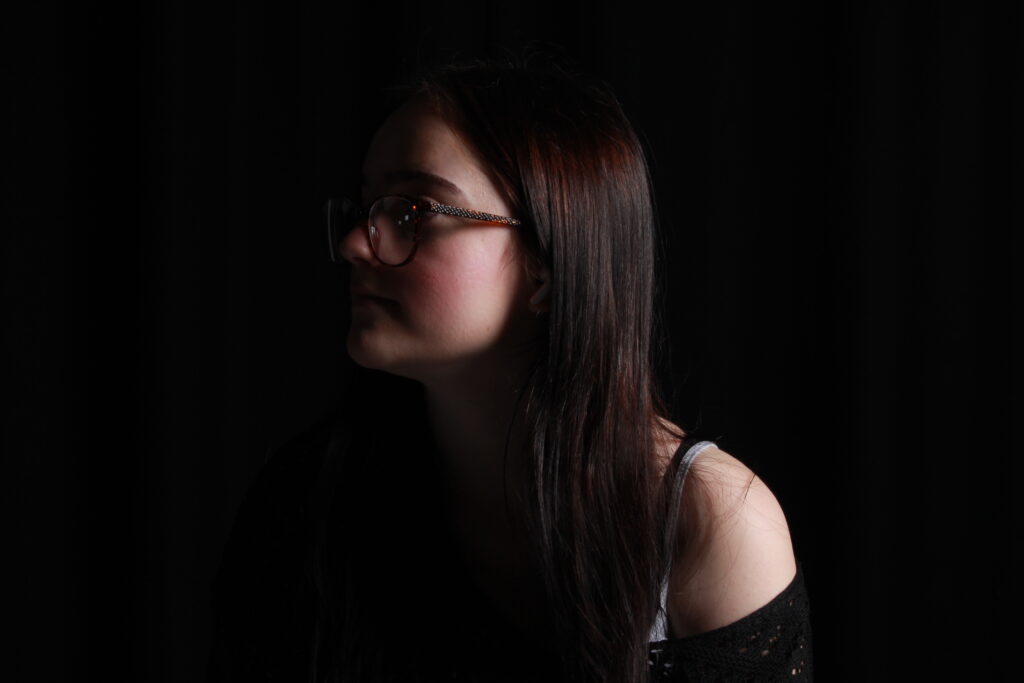
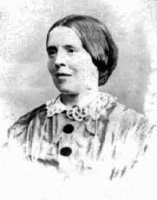
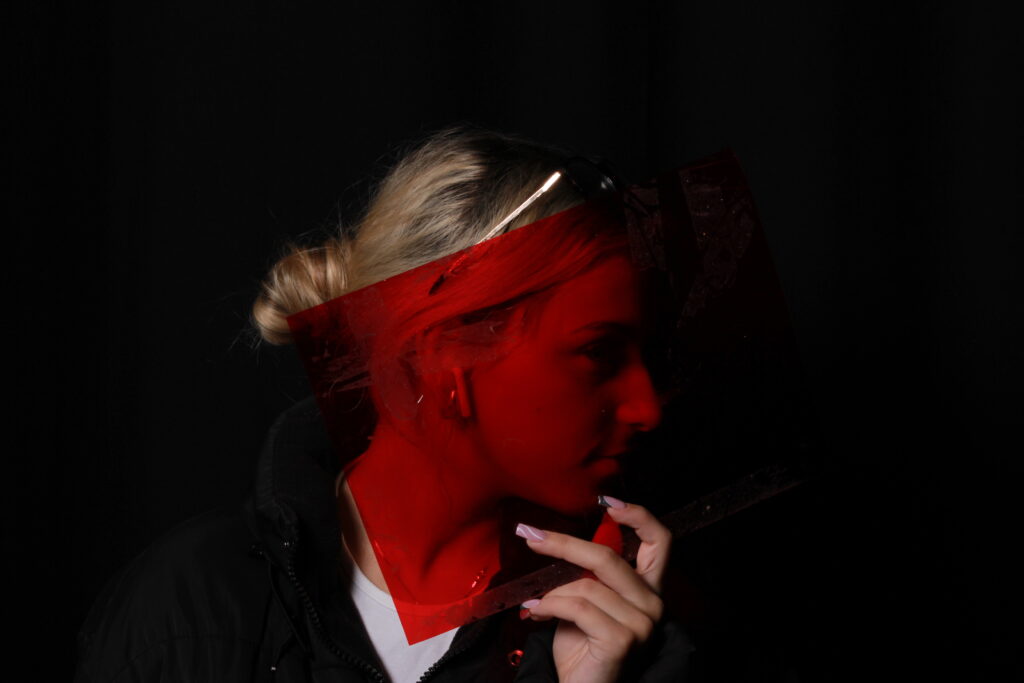
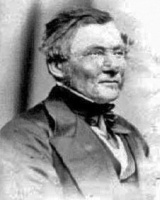
I took inspiration from Henry Mullins’ photos by using his poses, by taking photos from left, right or central angles, to portray all different sides of the face to show how a person can come across different depending on the angle you view them from, which also touches on the perception of the human eye, how everyone views everyone differently depending on their perception.
